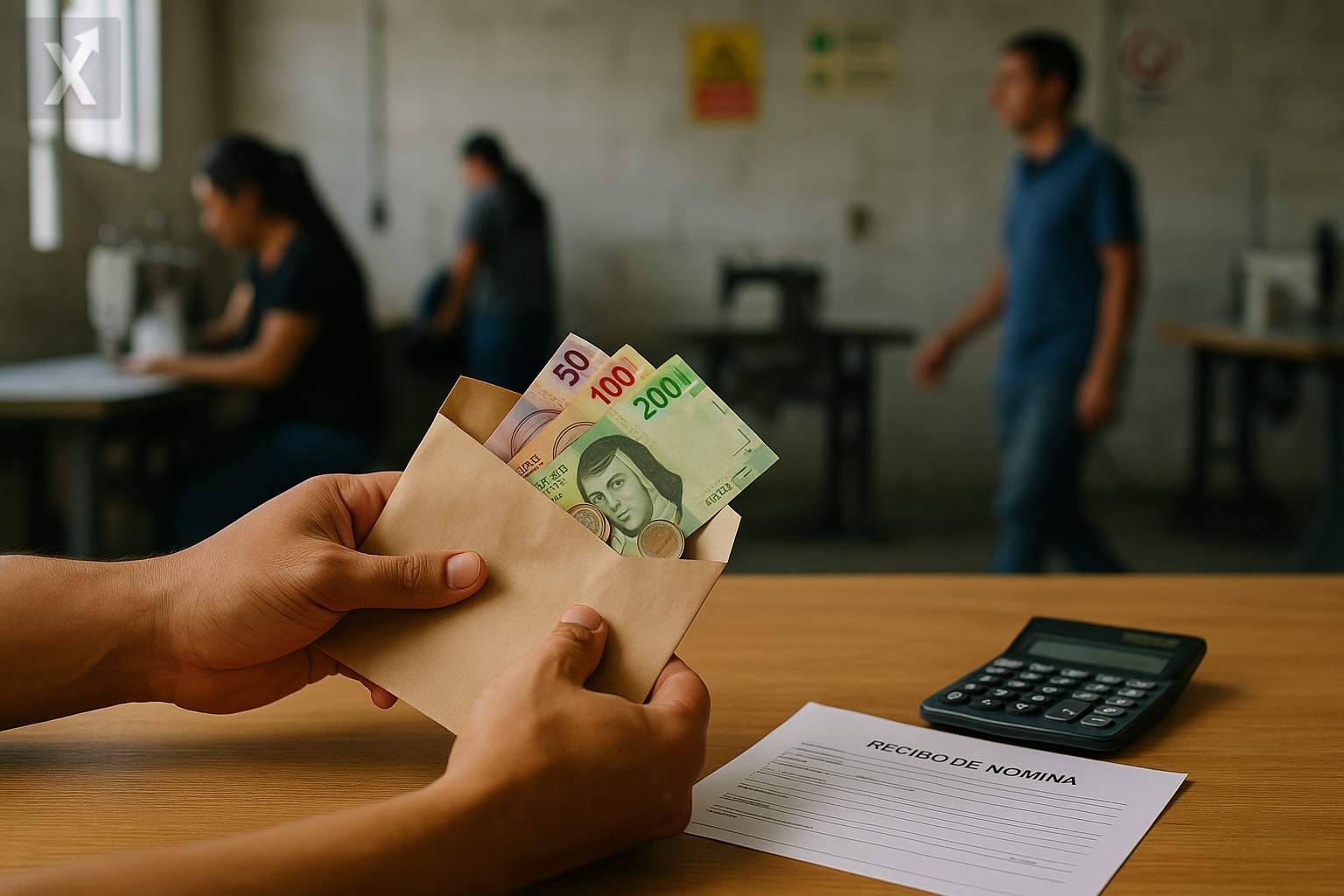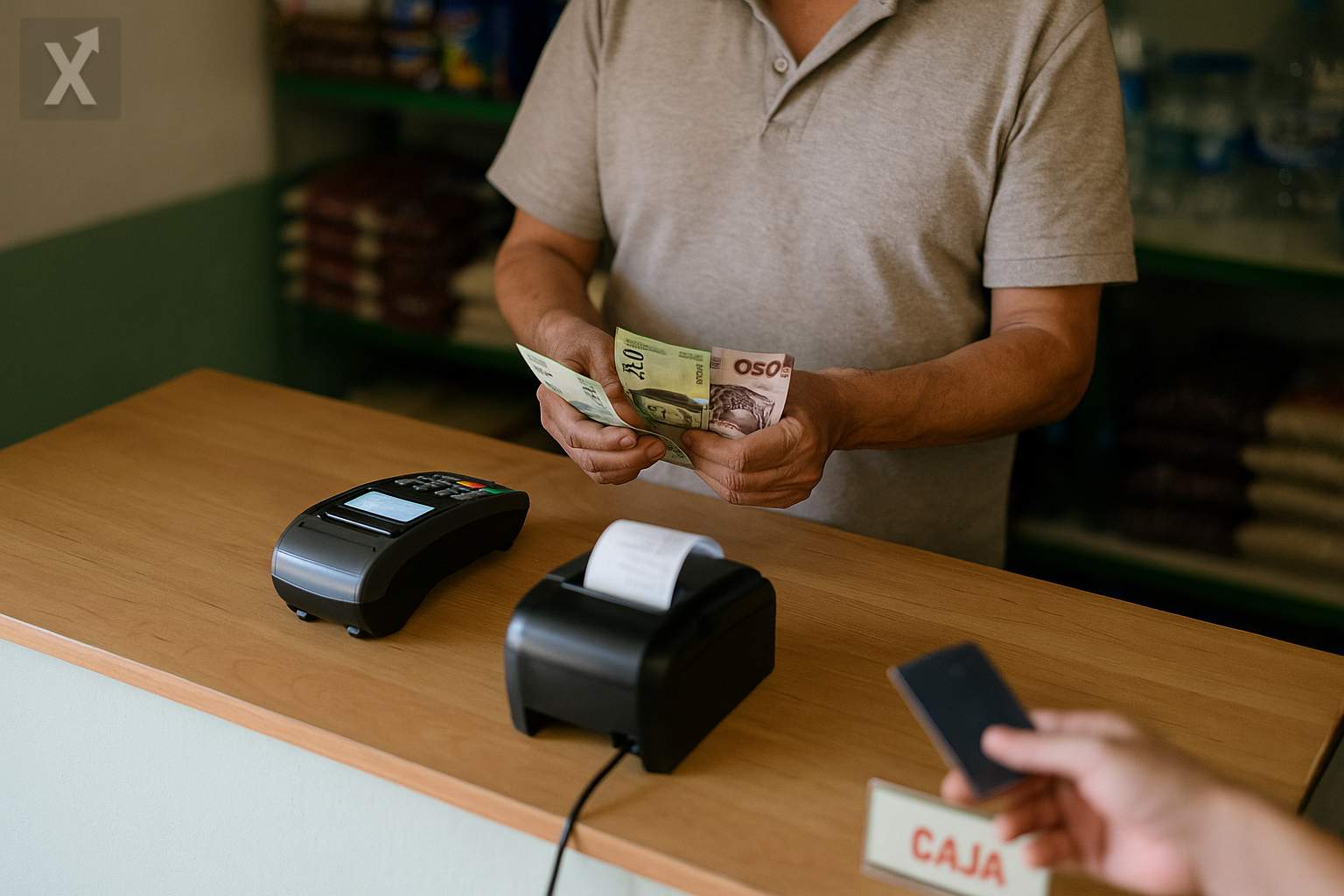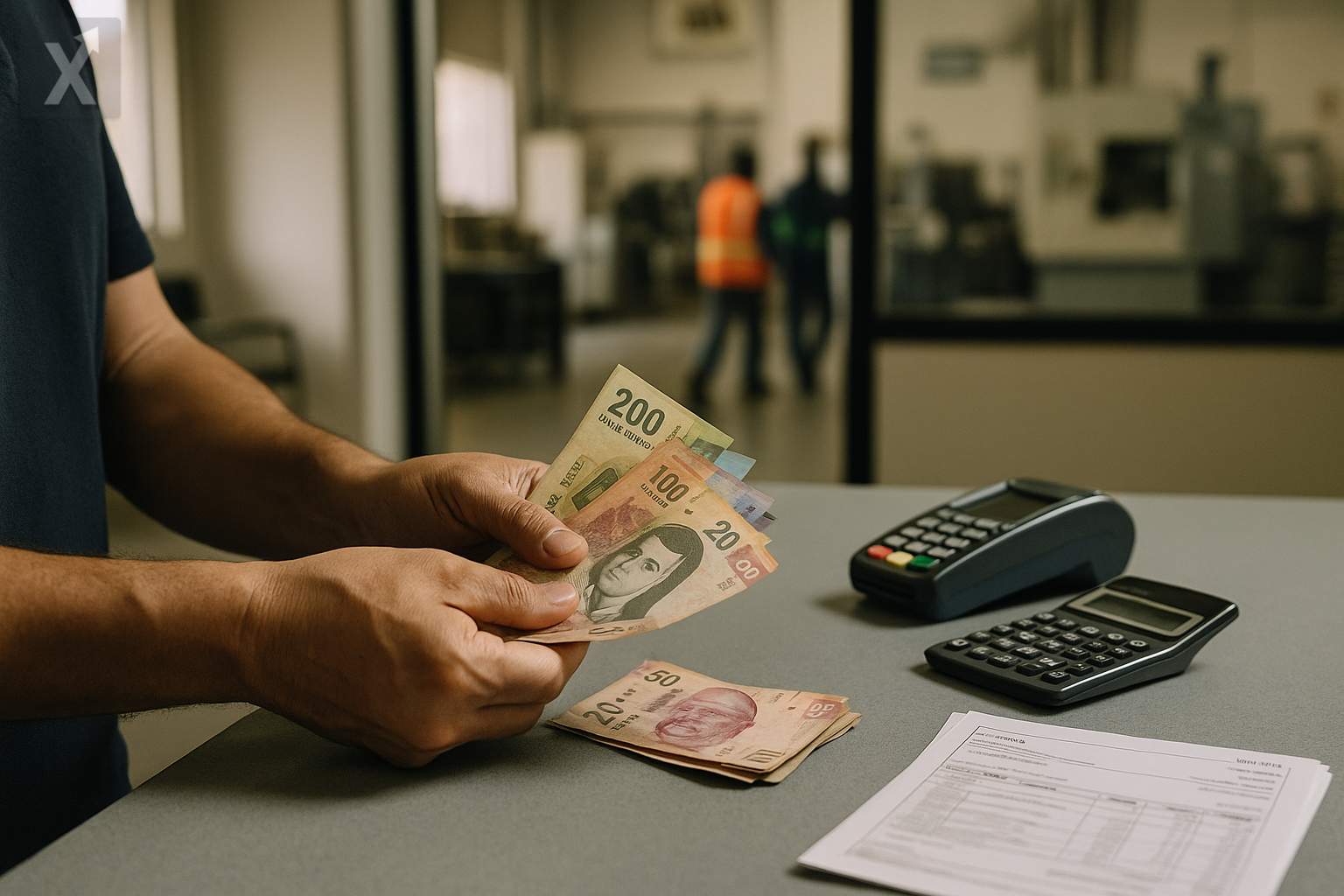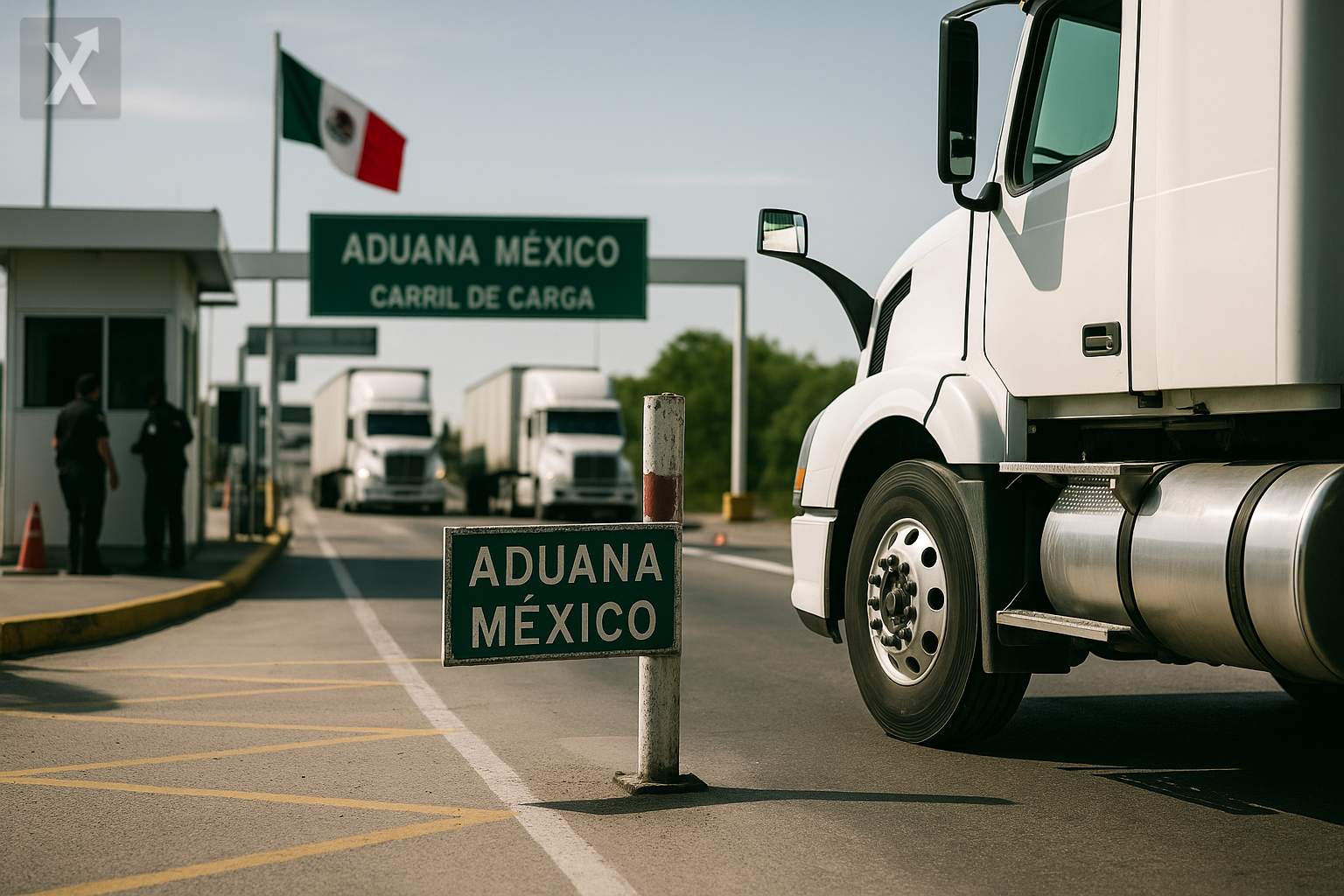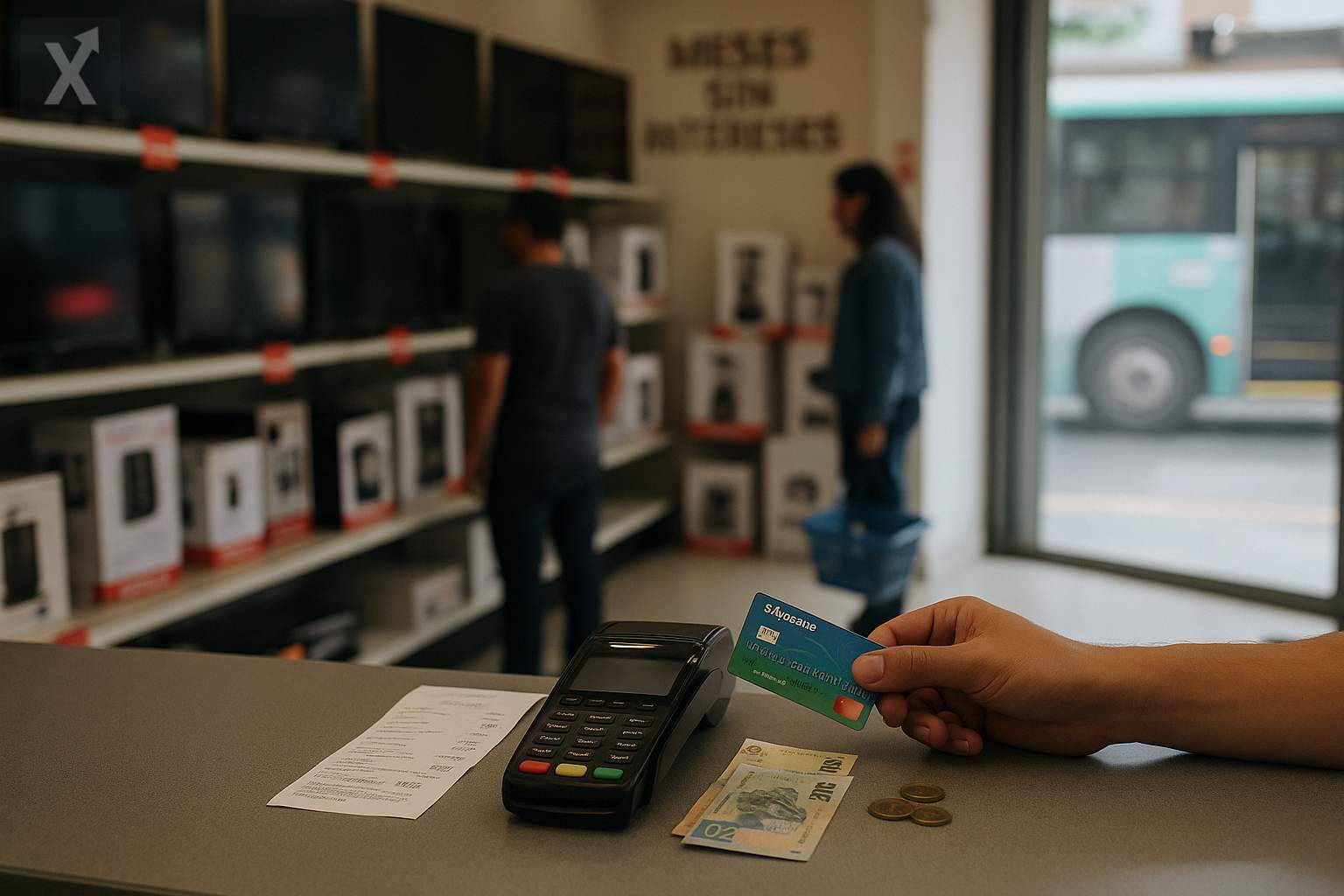Monex Remains Optimistic About Mexico’s Rating Despite Challenges
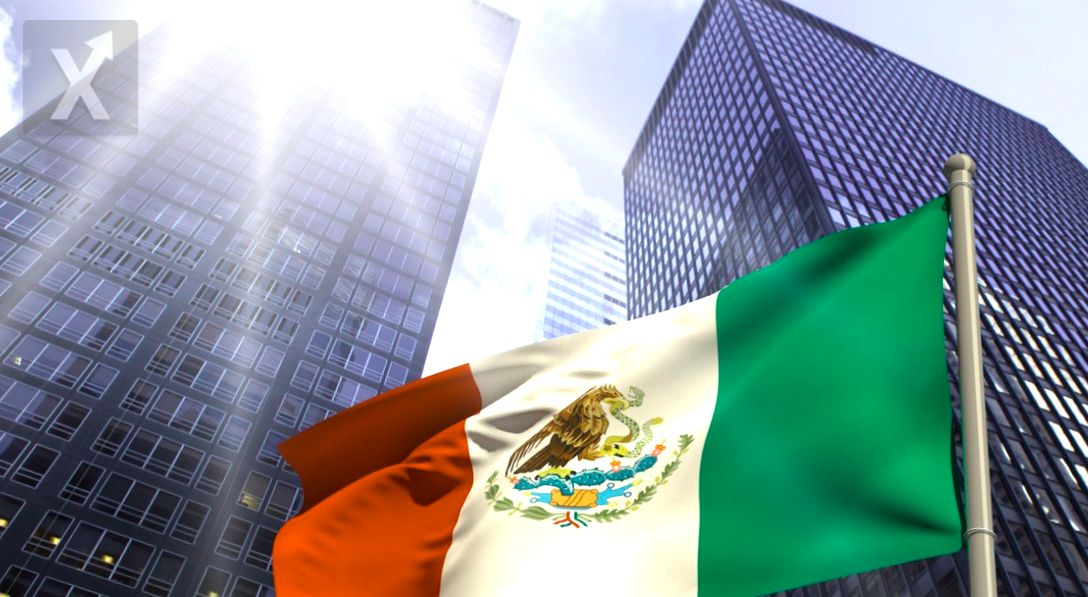
Monex has pointed out that, in light of upcoming challenges both in the macroeconomic arena and in the equity markets, rating agencies are paying closer attention to Mexico's public finances as well as those of other emerging countries. However, experts believe that there will be no downgrade in Mexico's credit rating in the short term, as the main rating agencies have not seen significant changes in the indicators they typically assess to modify their stance on the country's debt, as noted by Roberto Solano, manager of Economic, Exchange, and Stock Analysis. Additionally, Janneth Quiroz, Director of Economic Analysis at Monex, commented that the latest trade negotiations between the United States and other countries amid the dispute with China could provide Mexico with "comparative advantages" over other economies. The sweeping tariffs implemented by Donald Trump drove Mexico's five-year Credit Default Swaps (CDS), which measure sovereign risk, to record levels since the pandemic. Despite this nervousness, the situation has improved in recent weeks thanks to progress made by the U.S. in dialogues with China and initial agreements with the United Kingdom, according to the expert. Recent tariff concessions to industries such as automotive also reflect this evolution. Quiroz highlights that the U.S. president has shown a commitment to the USMCA, estimating that if tariffs remain in place, "Mexico could benefit from reduced Chinese imports," increasing its share of U.S. imports from 15% to 17%, thereby keeping it as the main supplier. If Mexico manages to sustain this trade advantage, it could generate a boost in its economic activity once the long-term rules of global trade are established, which would also strengthen tax revenue and the country's finances. The most recent agency to update its opinion was Fitch, which reaffirmed Mexico’s rating at BBB- with a stable outlook, stating that rating agencies take between 18 and 24 months to issue new evaluations. For the second half of 2025, Monex forecasts that the interest rate will reach neutrality by the end of the year, with a nominal rate of 7%, suggesting that cuts by the Bank of Mexico will be more moderate. They also anticipate an annual economic growth of 0.3% for 2025, with inflation around 3.8% and an exchange rate of 20.50 pesos per dollar by year-end. Regarding external risks, a decline in economic dynamism is expected in the second half of the year, a rise in inflation, although with lower probabilities of recession. On the local front, a more pronounced economic slowdown is noted, changes in the disinflation process, potential early reviews of the USMCA, increased scrutiny from rating agencies on public finances, and a slower pace of investment. Despite this outlook, the stock and fixed-income markets in Mexico continue to be attractive in the short term, with a relatively stable exchange rate, driven by carry trade. It’s interesting to note that Monex does not observe a significant variation between the Brazilian real and the Mexican peso appreciation, despite the considerable difference in interest rates—14.75% in Brazil versus 8.5% in Mexico—which suggests that the recent appreciation of the peso cannot be explained solely by the interest rate differential.
It is crucial for Mexico to leverage trade advantages and maintain an environment of economic stability, as this will generate confidence among both local and international investors. With an uncertain global landscape, the strategic decisions made by the country can define its growth in the coming years and improve its position in the international market.
